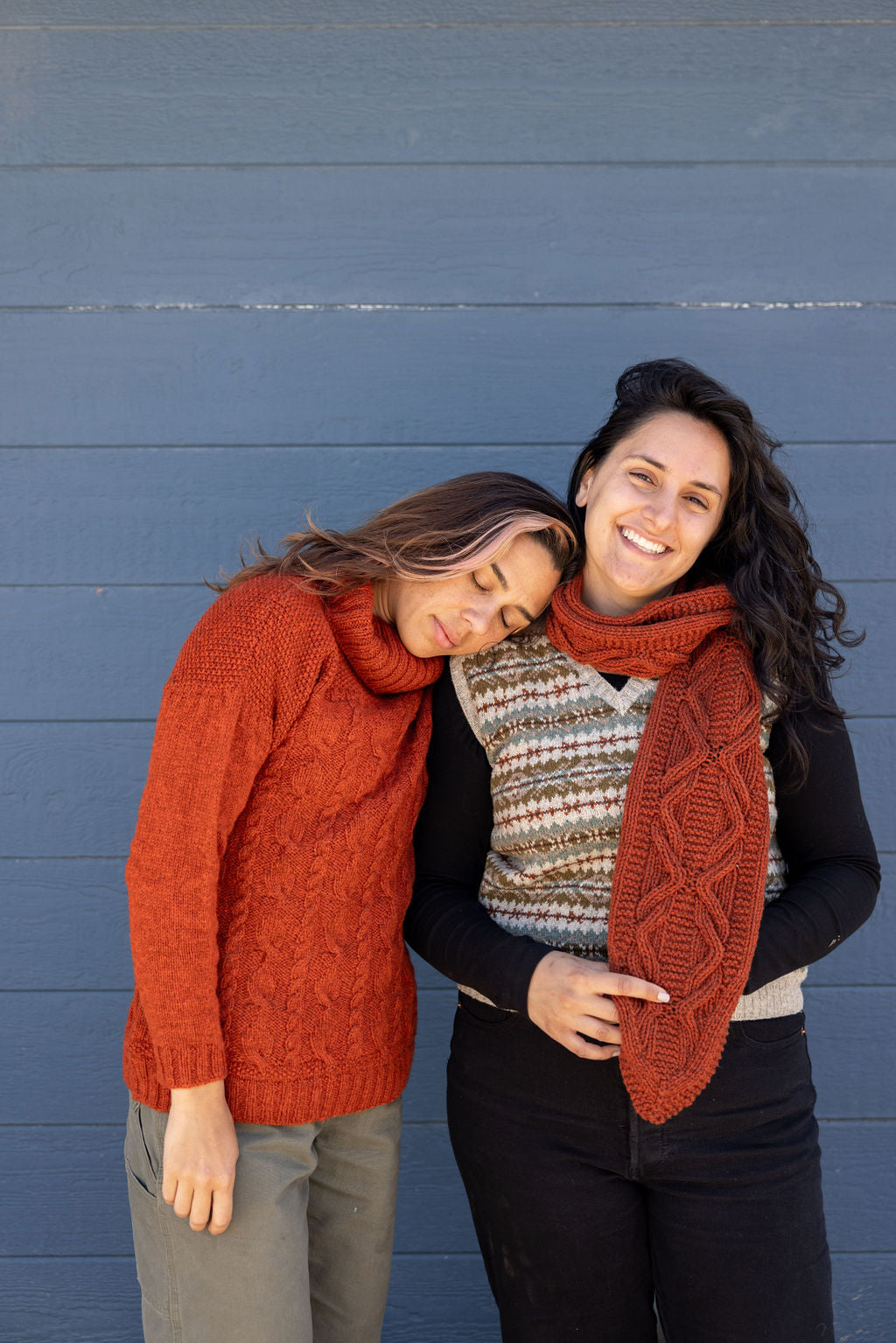We're closing down on March 31. Until then, all publications are marked down to EUR / USD 5! Thank you so much for (almost) 10 years of being on this journey with us ❤️
Menu
-
- Sale
-
Notions & Gifts
-
Books, Magazines & Patterns
-
About Us
-
We're here to help you stitch sustainability into every aspect of your making.
With our carefully curated selection of non-superwash, plastic-free yarns and notions, we have everything you need to get started on your next project - and the one after that.
Here's to a wardrobe of knits we love and want to wear for years to come!
-
![]()
Our Sustainability Pledge
-
![]()
Our Blog
-
![]()
Our Podcast
-
![]()
The Making Stories Collective
-
-
- Login
-
English

We're closing down on March 31. Until then, all publications are marked down to EUR / USD 5! Thank you so much for (almost) 10 years of being on this journey with us ❤️





























